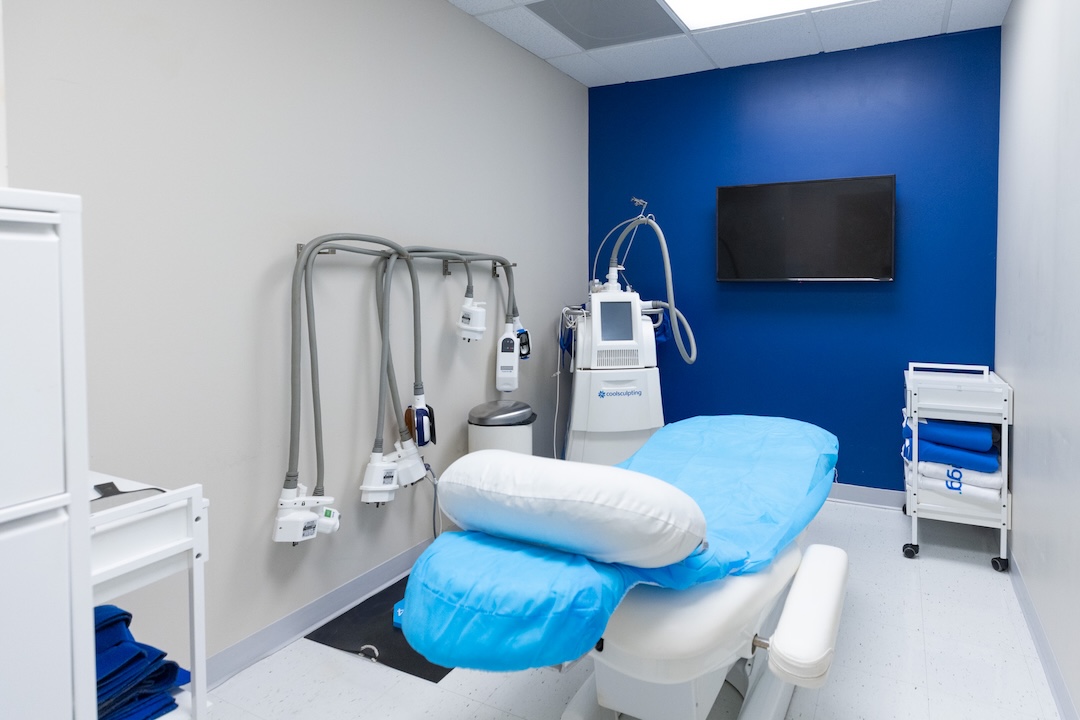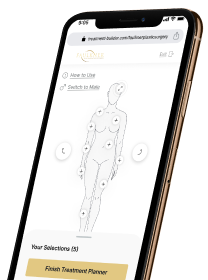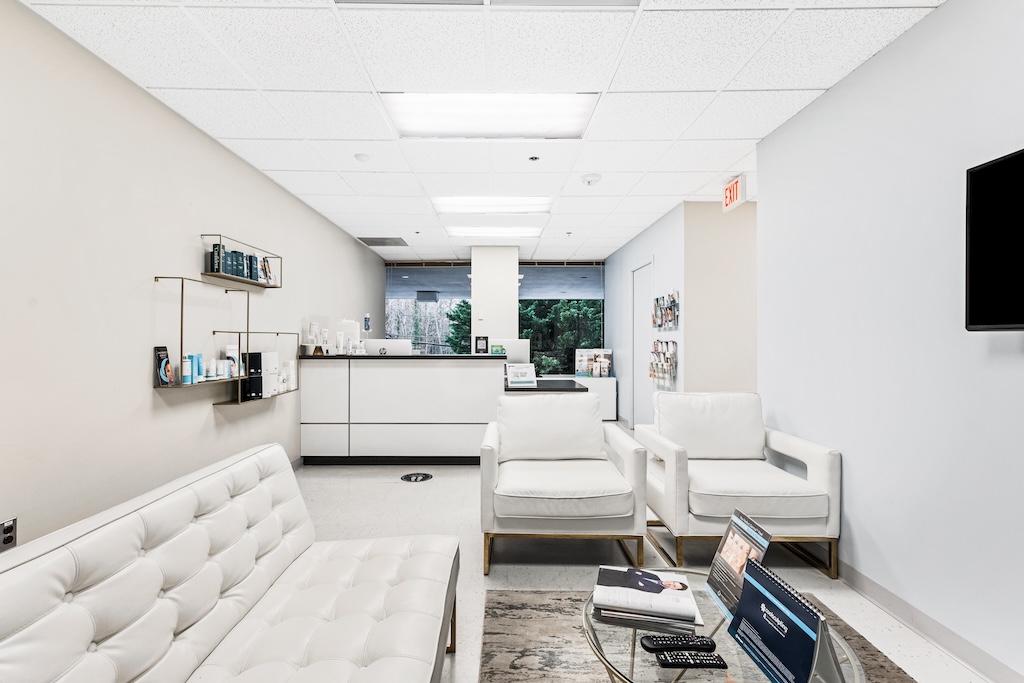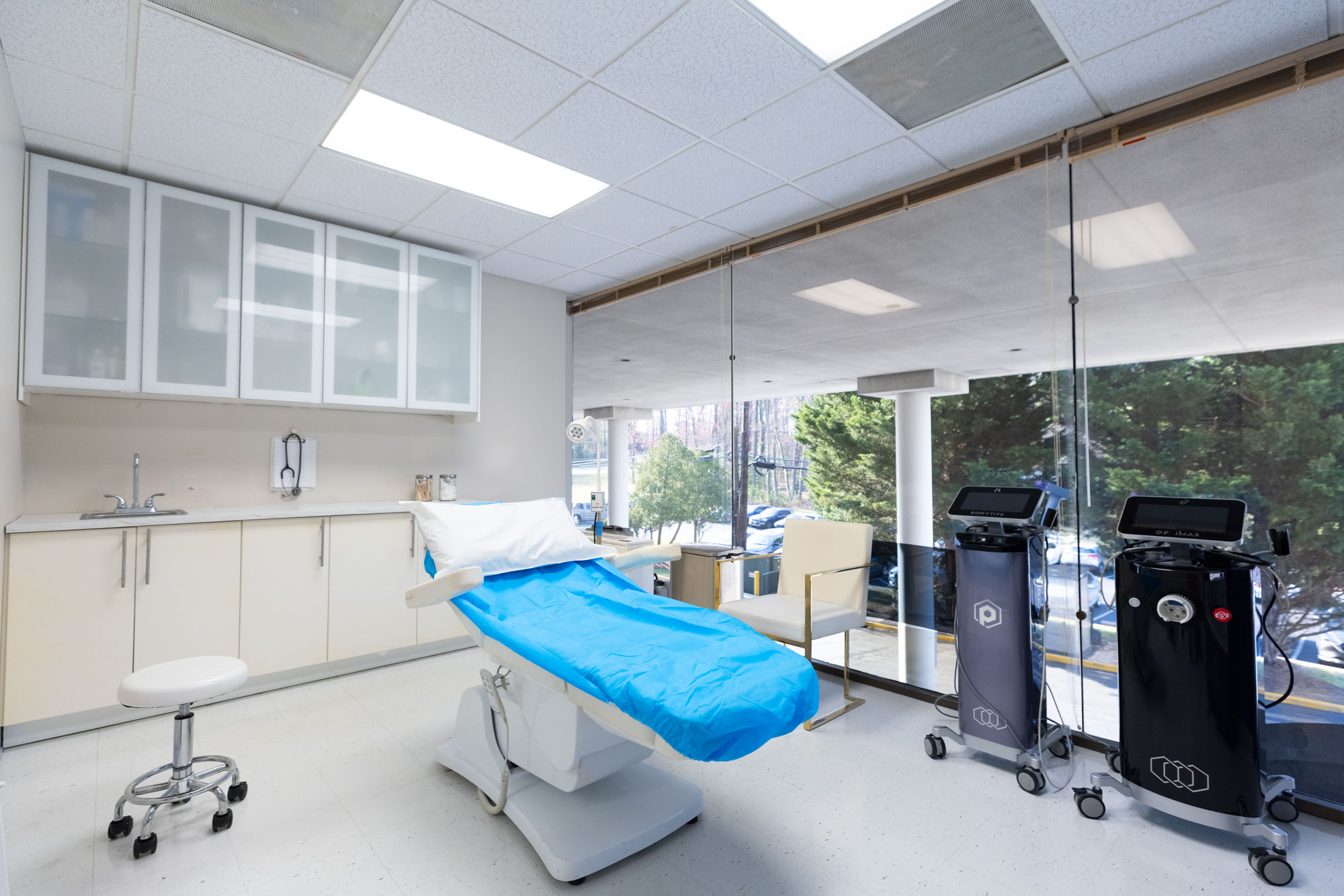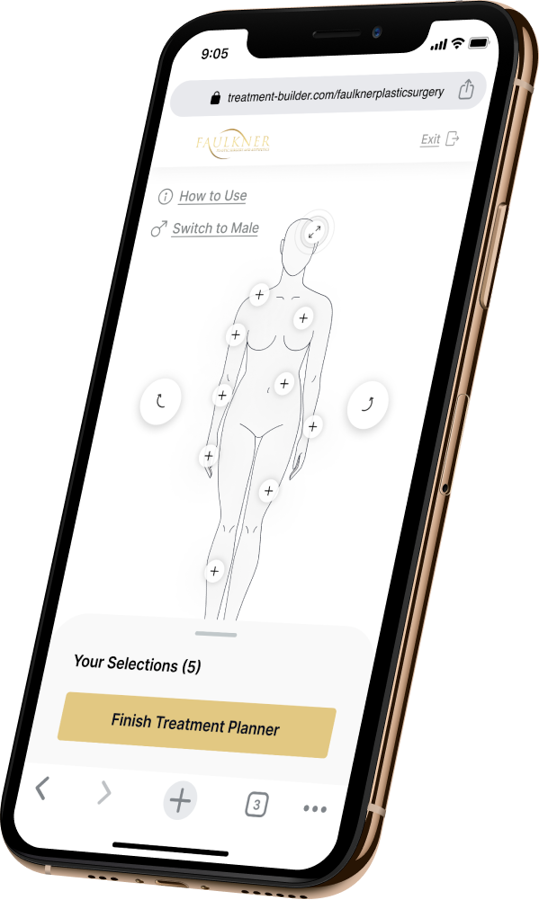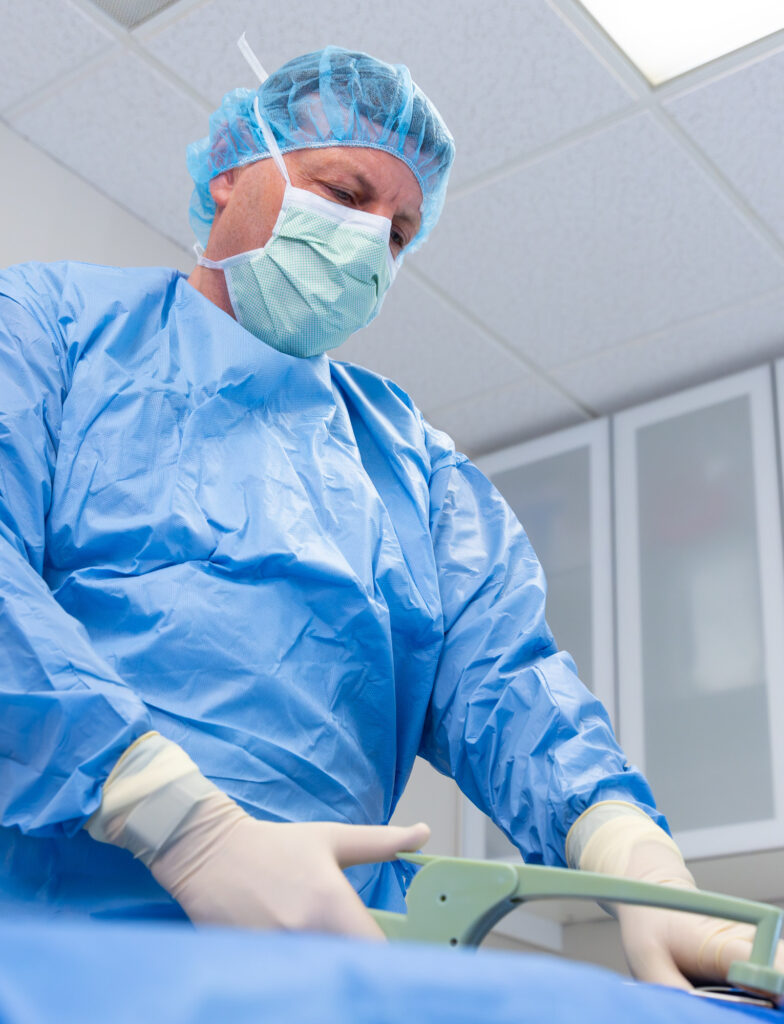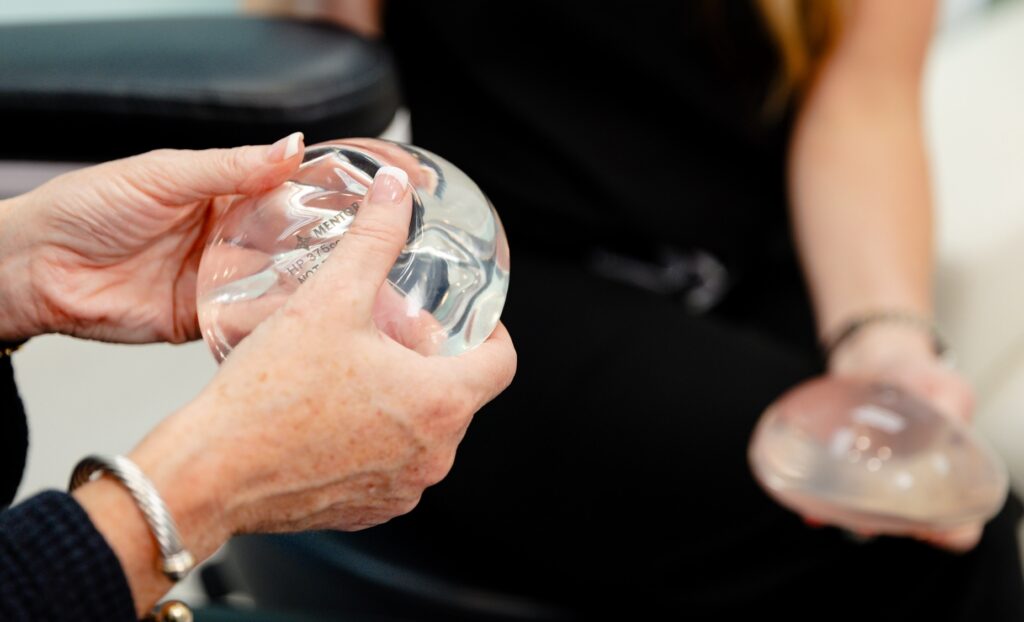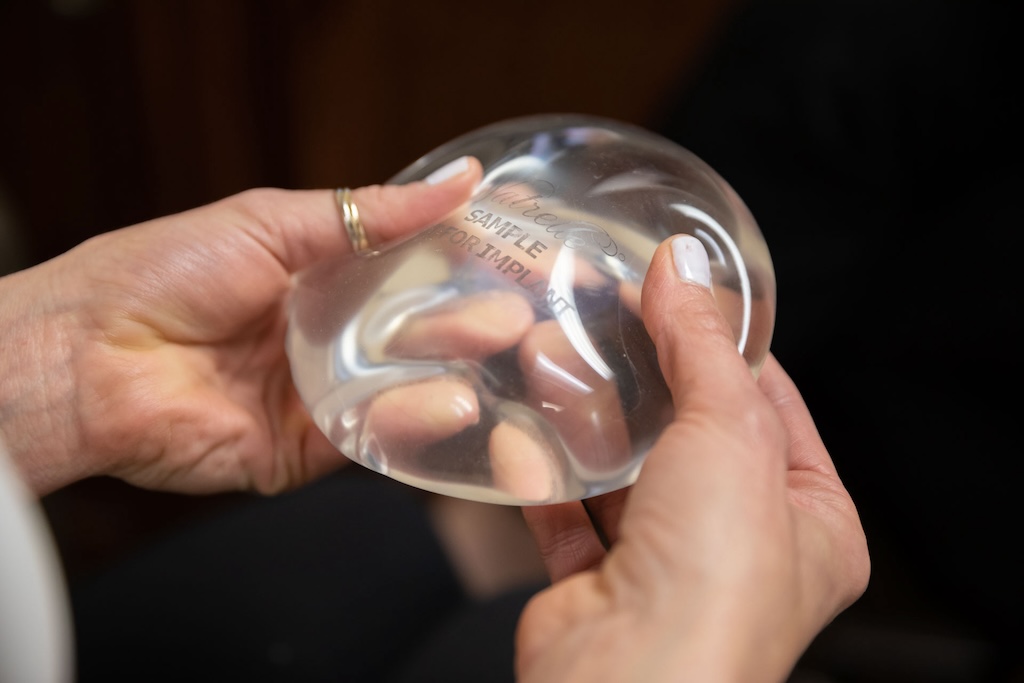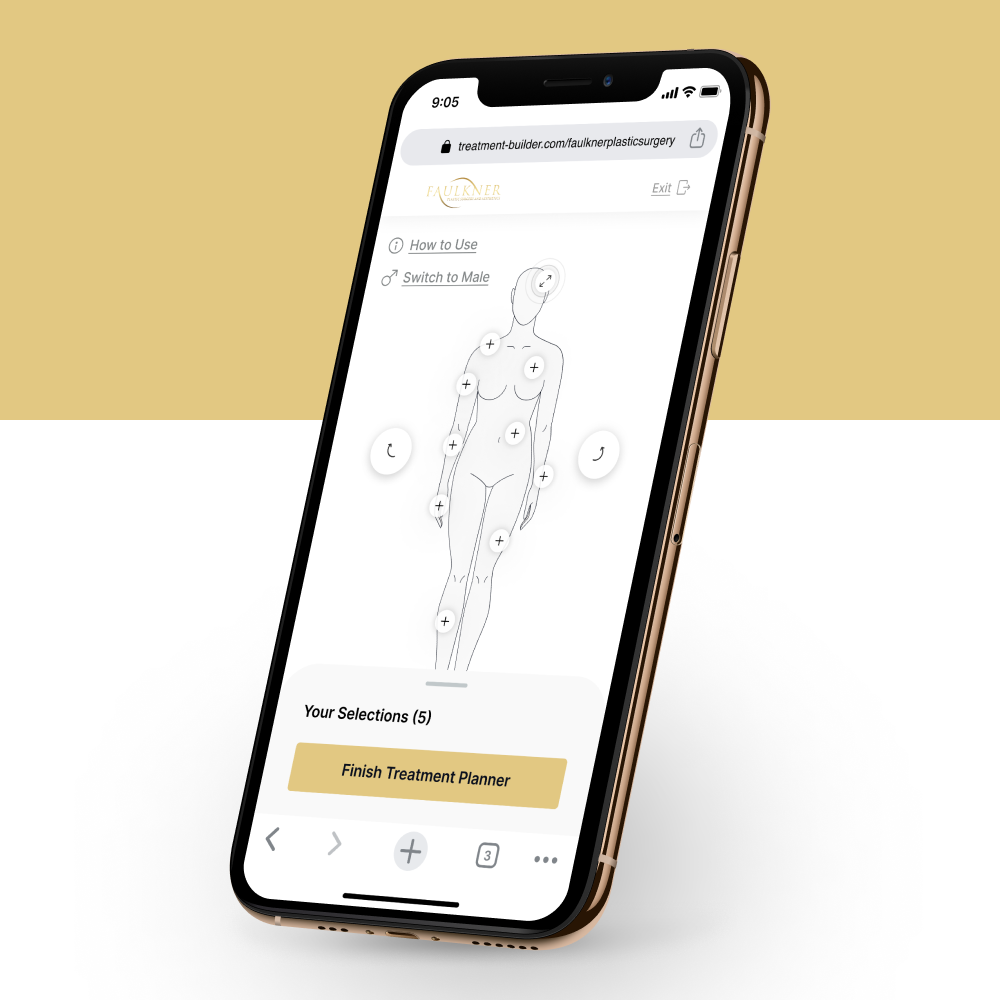Gynecomastia is a condition in which male breast tissue becomes overdeveloped or enlarged, often leading to self-consciousness or discomfort. Several factors can contribute to gynecomastia, including:
- Hormonal imbalances: An increase in estrogen levels or a decrease in testosterone levels can cause breast tissue growth in men.
- Medications: Certain medications, such as anabolic steroids, some antidepressants, and medications for prostate conditions, can contribute to the development of gynecomastia.
- Obesity: Excess fat can lead to a condition called pseudogynecomastia, which appears similar to gynecomastia but is caused by an accumulation of fat rather than glandular tissue.
- Aging: Older men often experience changes in hormone levels that may lead to breast enlargement.
- Genetics: Family history may play a role in the development of gynecomastia.
- Other factors: Health conditions like liver disease, kidney disease, or hyperthyroidism can also lead to gynecomastia.
This condition can present in different forms, such as:
- Excess localized fat
- Enlarged glandular tissue
- Excess breast skin
In many cases, a combination of liposuction and glandular tissue removal is used to treat both fat and glandular tissue in the chest, providing a more contoured and natural-looking chest shape. In severe cases where gynecomastia has caused significant skin stretching, excess skin removal may be necessary to ensure a smooth, firm chest. This procedure involves cutting away the sagging skin and reshaping the breast tissue.
As a gynecomastia doctor in Rockville, Dr. Faulkner provides expert, compassionate care to help men feel confident and comfortable in their own skin. Initial results appear immediately after surgery, with continued improvements over several months as swelling subsides and scars fade.

